Artificial intelligence’s advancement is simply taking us all by surprise. Endeavors to propel AI ideas in the course of recent years have brought about some genuinely astonishing advancements. Autonomous vehicles, big data, and medical research are only a portion of the unfathomable applications rising up out of AI advancement.
Having said that, it is safe to say that, for interested candidates, a career in Artificial Intelligence can be much more successful than we can imagine. Moving further, in order to bring you closer to that career path, there are many artificial intelligence training courses available on the internet. However, before you decide to learn AI courses, it is important to be familiar with the basic concepts of Artificial Intelligence. In order to do so, let us first understand what AI means:
AI is a term that alludes to a PC or machine’s capacity to achieve and perform activities or make some decisions, much the same as humans. AI architects aim to replicate human ascribes, for example, innovativeness, coherent thinking, and knowledge acquisition in frameworks to several levels. Chatbots and virtual assistants in various industries show how AI can computerize and automate tasks that no one but only humans could perform, well, in the past.
Now that we have a basic idea of what Artificial Intelligence is, let us dive into the fundamental concepts of Artificial Intelligence.
Categorization
AI requires a great deal of information that is pertinent to the problem being solved. Building a fruitful AI framework requires making a kind of category or benchmark for a particular field. These measures or measurements are utilized by the machine to analyze an issue and solve the problem.
Regardless of whether clients are attempting to construct a framework that can play Jeopardy, help a specialist analyze medical procedures, or help an IT director analyze wireless problems, clients need to characterize measurements that permit the issue to be broken into smaller pieces.
Classification
When clients have the issue ordered into various categories, the following step is to have classifiers for every one of the categories that will point clients toward a significant end. For instance, when training an AI framework to play Jeopardy, clients should initially classify an inquiry as being strict in nature or a play on words and afterward classify by time, thing, place, or person. In wireless systems administration, when clients know the category of an issue (for example a pre-or post-association issue), clients need to begin classifying what is causing the issue: authentication, association, DHCP (Dynamic Host Configuration Protocol), or any other device, wired, or wireless factors.
Machine Learning
Since the problem is separated into domain-explicit parts of metadata, clients are prepared to take care of this data into the magical and ground-breaking universe of machine learning. There are many machine learning calculations and strategies, with supervised machine learning utilizing neural networks (for example deep learning) presently turning into one of the most mainstream approaches concerning artificial intelligence.
Further divided into three categories: supervised learning, unsupervised learning, and reinforcement learning, machine learning is walking hand-in-hand with artificial intelligence.
Collaborative Filtering
The vast majority experience collective filtering when they pick a film on Netflix or purchase something from Amazon and get suggestions for other movies in a similar genre or things the users may like. Besides recommenders, collaborative filtering is additionally used to figure out large sets of data and put a face on an AI arrangement. This is the place where all the information assortment and analysis are transformed into significant knowledge or activity. Regardless of whether utilized in a game show, or by a specialist, or by an organization manager, collaborative filtering is the way for offering answers with a high level of certainty.
AI is still leading technology in an arising space, however, its effect is significant and will be felt much more definitely as it turns into an ever-bigger piece of our daily lives.
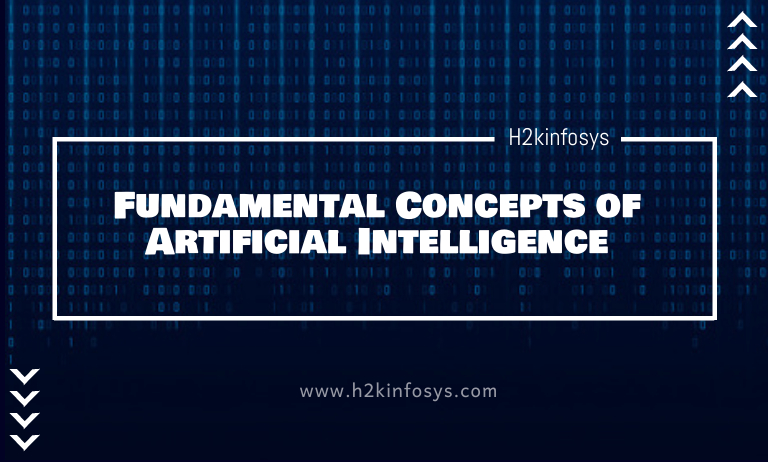








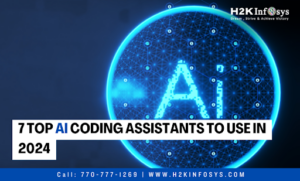
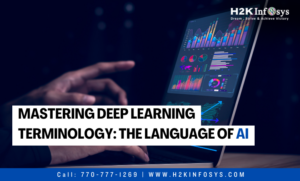
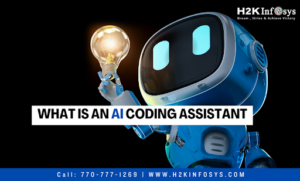

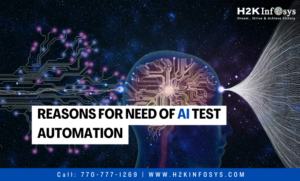

















One Response